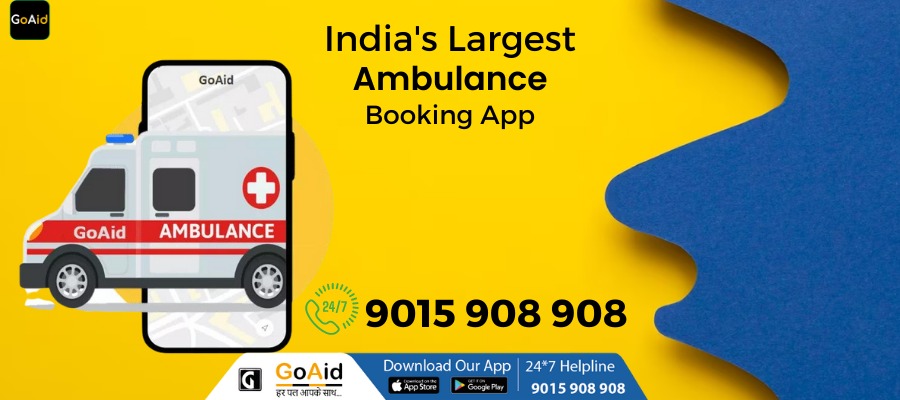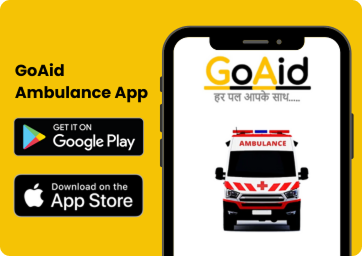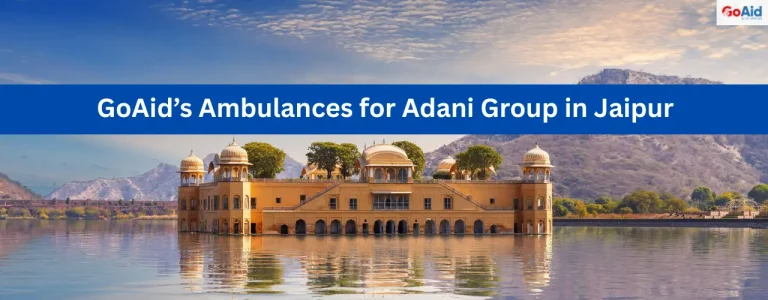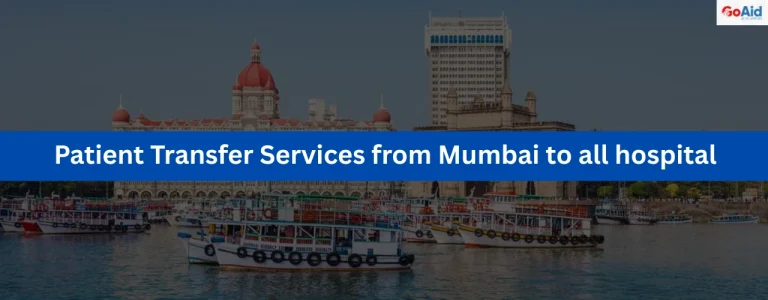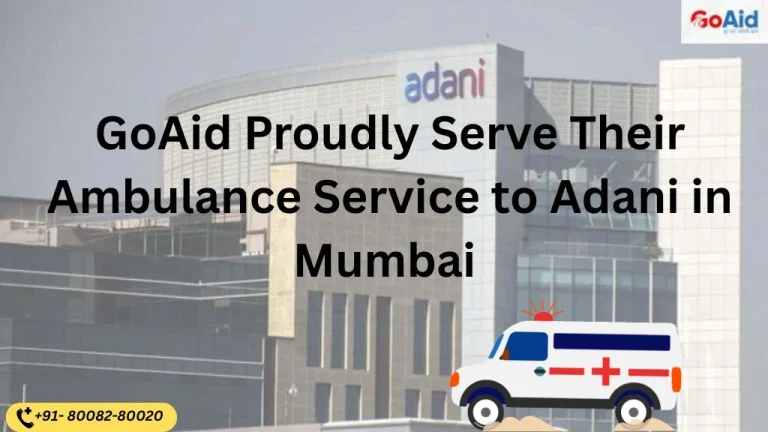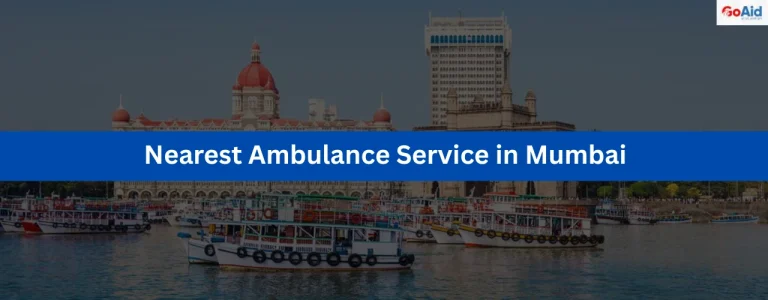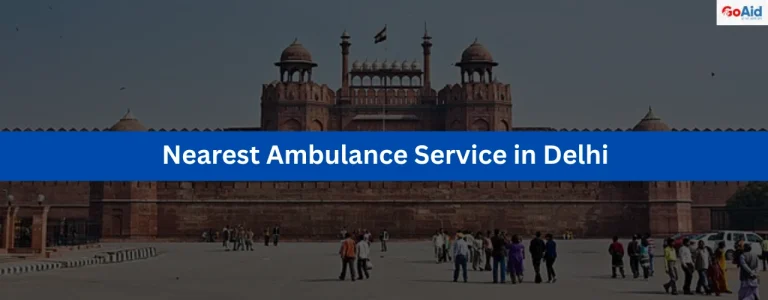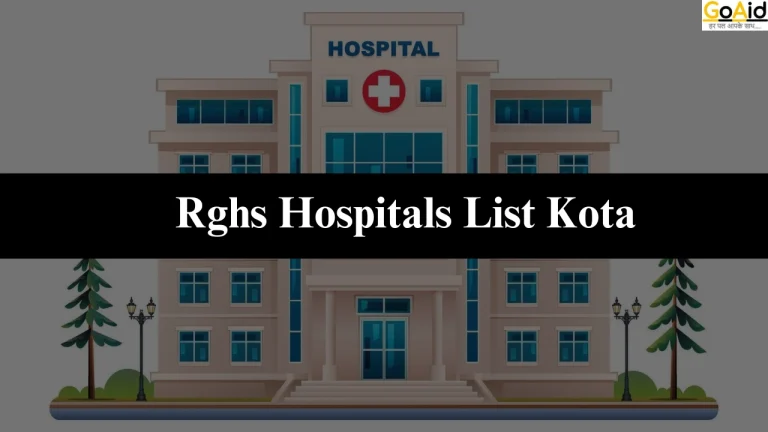In a vast and diverse country like India, constant movement, progress, and growth are essential. However, people are not machines and require rest and indispensable medical assistance when needed. Ambulance services play a crucial role in providing urgent medical help in India. It is important to select the best ambulance services to utilize the full potential of this service. This article provides all the information you need to know about how to select the best ambulance services. Read on to learn more.
Ambulance Service in India
Ambulance services in India play a vital role in providing urgent medical care and transportation. They are primarily responsible for responding to medical emergencies, such as accidents and critical situations that require immediate medical attention.
Key Aspects of GoAid Ambulance Service in India
When considering ambulance services in India, there are several key aspects of GoAid Ambulance Service worth mentioning. Here are a few of them:
- Different Types of Ambulances
- Emergency Helpline
- Government Initiatives
- Public and Private Ambulance Services
- State-specific Services
- Challenges
- Emergency Medical Technicians (EMTs)
- Cost and Accessibility
How to Select the Best Ambulance Services in India
While GoAid is considered one of the best ambulance services in India, it’s essential to evaluate specific features when selecting an ambulance service. If you are looking to choose the best ambulance service in India, consider the following points:
- Licensing and Accreditation: Verify that the ambulance service is licensed and accredited by the appropriate regulatory bodies. This ensures they meet specific standards of quality and safety.
- Response Time: Response time is critical in emergency situations. Inquire about the average response time of the ambulance service and choose one that can reach your location promptly.
- Staff Qualifications: The quality of an ambulance service relies on the qualifications and experience of its staff. Ensure the service employs certified and trained paramedics and emergency medical technicians (EMTs).
- Equipment and Technology: Ambulance services should have well-maintained vehicles equipped with essential medical equipment, such as defibrillators, oxygen, and basic life support supplies. Advanced services may also offer more specialized equipment like cardiac monitors or ventilators.
- Communication and Coordination: Effective communication and coordination are crucial for seamless emergency response. The ambulance service should have a robust communication system in place to ensure quick and efficient coordination.
- Availability and Coverage: Check the service’s availability and coverage area. Ensure they operate 24/7 and cover your location adequately, especially if you reside in a remote or rural area.
- Reputation and Reviews: Research the reputation of the ambulance service by reading online reviews and testimonials. This provides insights into the experiences of previous patients or clients and helps gauge the level of service quality.
- Insurance and Billing: Inquire about the ambulance service’s accepted insurance plans and billing practices.
- Additional Services: Some ambulance services, such as non-emergency medical transportation or event medical coverage, may offer additional services. If you have specific needs beyond emergency response, consider whether the service can accommodate them.
- Recommendations and Referrals: Seek recommendations from trusted sources such as healthcare professionals, friends, or family members who have had experiences with ambulance services.
Types of GoAid Ambulance Services
GoAid offers various types of ambulance services in India. Here are the different types explained:
- Basic Life Support (BLS) Ambulance: Equipped with basic medical equipment and staffed with paramedics who can provide first aid, CPR, and transportation of patients to the hospital.
- Advanced Life Support (ALS) Ambulance: Equipped with advanced medical equipment and staffed with trained medical professionals such as doctors and critical care paramedics.
- Mobile Intensive Care Unit (MICU) Ambulance: Equipped with special care facilities and staffed with specialized medical professionals. They provide advanced cardiac life support, advanced airway management, and critical care interventions.
- Mortuary Ambulance: Used to transport deceased individuals with dignity and respect to mortuaries or funeral homes.
- Air Ambulance: Used for rapid transportation of critically ill or injured patients over long distances. These ambulances are usually helicopters or fixed-wing aircraft equipped with medical equipment and staffed with medical professionals.
- Emergency Response Vehicles: Equipped with medical supplies and staffed with paramedics, these vehicles are deployed for rapid response in crowded areas or during mass casualty incidents.
Need of Ambulance Service in India ŌĆō Role of Ambulance Service in India
We have mentioned the need of ambulance service in India below with few points of it.
| Rapid Response | Saving Lives | Trauma and Accident Response | Medical Emergencies |
| Maternal and Neonatal Care | Disaster Management | First Aid and Stabilization | Pre-hospital Care |
| Transporting Organ Donors and Recipients | Remote and Rural Areas | Critical Care | Crowd Control and Mass Casualty Incidents |
| Medical Evacuations | Assistance to Elderly and Disabled | Mental Health Emergencies | Public Health Initiatives |
| Training and Education | Communication and Coordination | Support for the Community | |
Q. What are the 4 types of ambulance?
What is a Type 1 Ambulance?
What is the difference between 102 and 108 ambulance services?
What is the most commonly used ambulance?
Should we pay for 108 ambulance?
What is a Type C ambulance?
What is the price of the best ambulance?
Is government ambulance free in India?
By considering these factors and evaluating the available options, you can select the best ambulance service in India that meets your specific needs and requirements.

